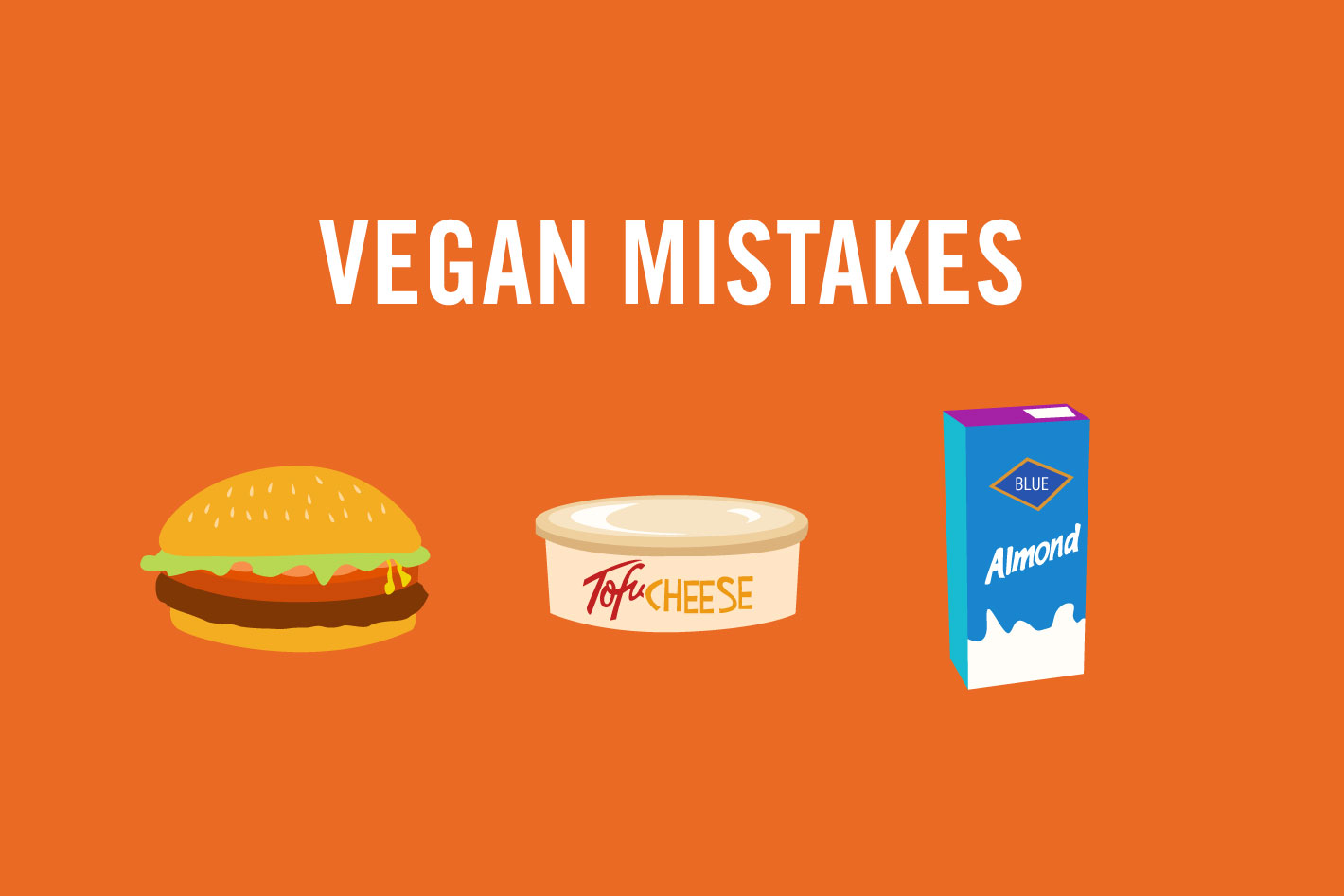
When someone proudly tells me that they eat mostly vegetarian (or vegan), followed by a list of foods that are more “bread-itarian” or “processed-itarian,” I sometimes pause to ask myself if I should interject.
In most cases I would – simply because those ingredients contribute to qualities that most of us try to avoid: 1) unhealthy weight-gain; 2) puffiness; 3) clogged arteries; 4) lethargy or low-energy; or even 5) long term diseases like obesity.
Avoid the Crap
Not all vegetarian or vegan foods are healthy or created equal. In fact, many can be filled with processed fillers, preservatives, and “bad” fats that have a shelf-life to last a century.
If you are experimenting with a VEGAN diet, you’ll want to follow the same philosophy that we apply to eating in general: eat whole, real, unprocessed foods!
ARE WE VEGAN?
No, but we also don’t eat a ton of meat. (See our FAQs page for more info on this).
Since we’ve “made the shift” a few years back to keep processed foods to a maximum LOW (and veggies to a maximum HIGH), we’ve felt better. When eating meals with animal protein, or eating vegetarian or vegan meals, the same rules apply. Sad part is, many vegan and vegetarian restaurants include more processed foods than our regular favorites.
(TIP: look out for “mock meats” and “faux cheese.” They are killer for a 20+ ingredient list with many unpronounceable words.)
When we set out to write our most recent book in our series, “Kale. All Day. Err Day.,” it wasn’t to add another DIET book to your shelf, prescribe one-way of eating, or even to give you a caloric breakdown of our favorite dishes. Instead, we wanted to arm you with fun tools that we found to be helpful in our 7+ year journey of “eating healthy” – starting with kale. We put a lot of emphasis on our mistakes, our real love/hate relationship with kale, and dove into sharing some of our secret, real food, VEGAN recipes that we have on repeat in our own kitchen.
Remember this
If there’s one thing you take with you when you close this window and begin surfing your Facebook page, remember that FOOD IS INFORMATION and the food choices you make today will play a direct role in the quality of your skin, your ability to lose/gain weight, your mood, your ability to absorb nutrients, and so much more.
Avoiding processed foods and EATING REAL is one of the best (and most immediate) things you can do to improve your health right now.
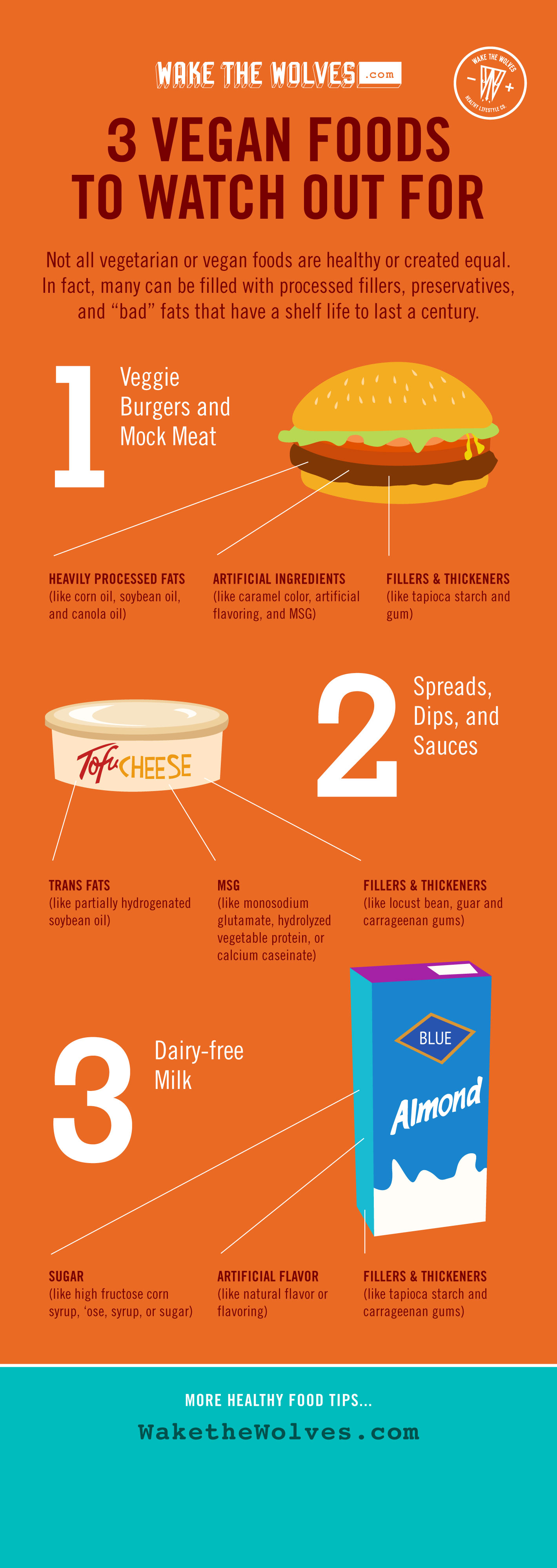
![]()
Veggie Burgers and “Mock” Meat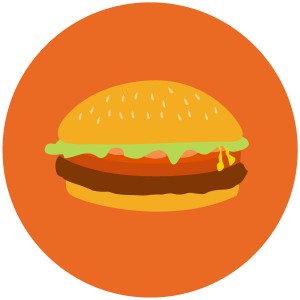
Whether it’s on a menu at your favorite vegan restaurant, or in your shopping cart, inquire further about the ingredients. Most fake or faux meats are comprised of highly processed vegetable soy ingredients, various starches for texture, a variety of cheap oils for flavor, and sometimes even artificial food coloring to make it look brown.
Sample hidden ingredients include: textured vegetable protein (soy protein concentrate, wheat gluten, water for hydration), corn oil, calcium caseinate, contains two percent or less of modified tapioca starch, onion powder, mixed triglycerides, canola oil, hydrolyzed vegetable protein (corn gluten, wheat gluten, soy protein), dextrose, soy protein isolate, natural and artificial flavors, salt, yeast extract, sugar, caramel color, whey*, methylcellulose, spice, garlic powder, maltodextrin, autolyzed yeast extract, ascorbic acid, thiamin hydrochloride (vitamin b1), niacinamide, sesame seed oil, soy lecithin, iron (ferrous sulfate)…
Eat this instead:
Grill up some veggies and lather them up with good quality olive oil, sea salt and pepper. Let those be the “veggie” in your burger.
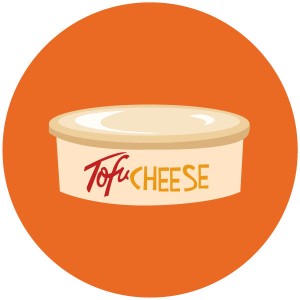
![]()
Spreads, Dips, and Sauces
Vegan cream cheese, butter, and “creamy” pasta sauces are another HUGE source for highly processed ingredients. Many of them replicate the same textures and colors of the original food product by using trans fats (aka – partially hydrogenated oils), starches and preservatives.
Sample hidden ingredients include: water, partially hydrogenated soybean oil, isolated soy protein, maltodextrin, tofu, nondairy lactic acid, sugar, locust bean, guar and carrageenan gums, sugar, salt, veg. mono and diglycerides, potassium sorbate (added as a preservative)…
Eat this instead:
Try making our favorite Kale Pesto with fresh basil, or check out our “no recipe, recipe” salad dressing in the Kale. All Day. Err Day. book (FREE).
![]()
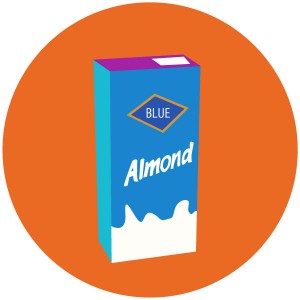
Non-Dairy Milk
Almond milk, rice milk, coconut milk and even soy milk are quite common in either vegan diets or those that suffer from dairy allergies. However, 95% of them have filler ingredients to prolong shelf life, mimic traditional milk-like consistencies, and add sweet flavors. All of which add zero nutritional value.
Sample hidden ingredients include: almond milk (filtered water, almonds), calcium carbonate, tapioca starch, sea salt, potassium citrate, carrageenan, sunflower lecithin, natural flavor, vitamin a palmitate, vitamin d2 and d-alpha-tocopherol (natural vitamin e)…
Eat this instead:
Homemade Almond Milk
Homemade Brown Rice Milk
Homemade Coconut Milk
Homemade Edamame Milk
How to shop for vegan foods.
Eating vegan or vegetarian is not a problem. Eating processed vegan or vegetarian is. In order for food companies to make a veggie burger LOOK, TASTE, AND FEEL like a traditional burger, they have to add a lot of “magic” to make it appealing.
Shop in in this order:
- Try skipping packaged food altogether and enjoy fresh foods (enjoy them raw or cooked).
- If you do find yourself picking up packaged vegan food, read the ingredients first.
- If you can’t pronounce the ingredients, don’t bother looking at anything else (calories, carbs, etc). Put it back on the shelf.
BONUS! if your vegan foods contain soy products, shoot for organic and non-GMO (genetically modified organisms). Soy crops are at the top of the most modified food ingredients (along with wheat).
Kale. All Day. Err Day.
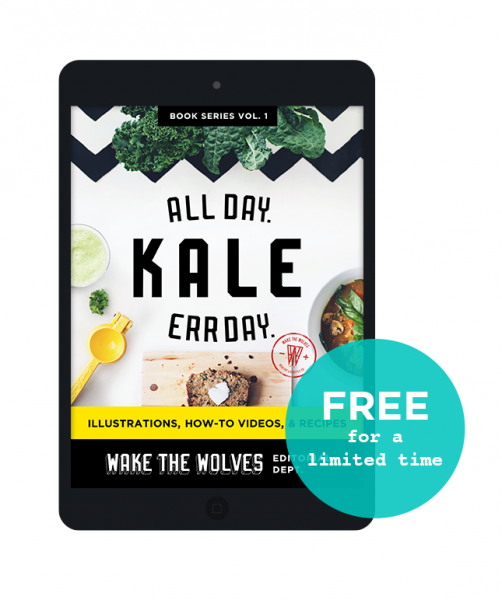
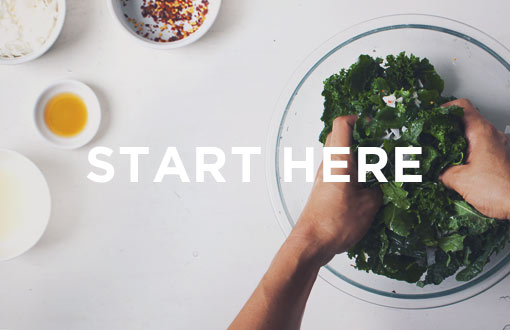
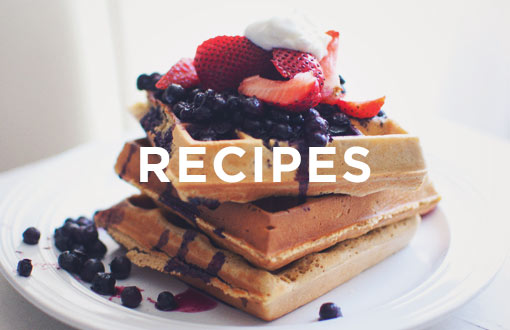
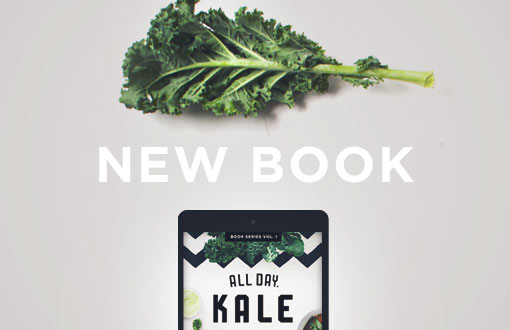
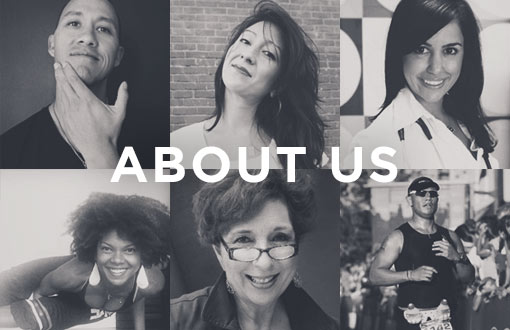



I love the concepts of “bread-itarian” or “processed-itarian”! Just because something was once a plant, it doesn’t mean it’s healthy.
I see the same concept all the time with people choosing a gluten free diet and then loading up on gf junk foods. Sorry, a gf donut isn’t ‘better’ for you than a gluten containing donut. Even amongst us who are gf by medical necessity, it is all to easy to fall into the trap of simply replacing one class of processed food with another.
In the end, fresh, whole, unprocessed foods are the way to go.
We dig it Jason! Food companies and marketing jargon make it challenging for us (as busy folks) to “get it right” when shopping. Let’s just stick to the fresh, whole, unprocessed stuff…and show folks how DELICIOUS we can make it taste! Yay for healthy food inspiration in the kitchen!!!
Hi Stephanie. Here’s your article in one sentence:
“If man made it, don’t eat it.” This article is good for the noobs though.
I cant have most Vegan food because Vegans eat GMO , fat stuffed, sugary, salty, chemical soy in everything, I can’t eat soy either because the chemicals murder my heath. Vegan precooked food is like a twinkie to my body. I am allergic to soy and gluten, it sucks. I saw a Vegan cookie, god it had 23 grams of sugar to make up for the lack of ingrediants. This was in one packaged cookie!
I eat paleo by doctors orders and most vegan food is dangerous for me. If I tried only Vegan, I would be dead the doctor says. Even my paleo diet has me light headed so I have to eat fats. Only fresh vegetables and beans are safe from the Vegan diet.
Hi Else! Yesss….right on sista! That processed vegan food is sometimes more crammed with crap-ola than the non-vegan stuff. The chemical list is outrageous! I do enjoy vegan meals, but it’s all real, fresh vegetables (raw or cooked). We must READ THOSE LABELS! The great part about your discovered allergies, is that there are more and more options out there where you can buy foods without those ingredients. Thanks for sharing your story!